Blancmange: A Tale of Failure and Delight
by Lauren Cerand
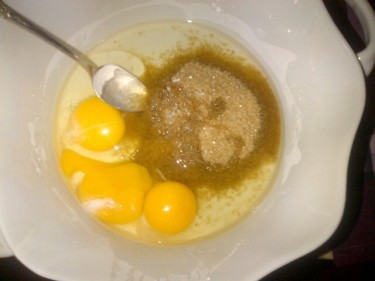
A series about recipes that may seem odd or outmoded and yet we’re curious to try!
I don’t recall the moment that blancmange first appeared in my world as a concept, but it was certainly in a book (although, spoiler, not Little Women, which I’ve never read). Perhaps Jessica Kirwin’s website Encyclopedia of the Exquisite, which devotes a full entry to the medieval dessert, essentially a milk pudding, gave me my first encounter. Or, it could have been when I had a petite crush on Maxime de la Falaise, reading anything I could come across about her online, right up to the fact that she once did an entire cookbook of outdated dishes called Seven Centuries of English Cooking, although I never ordered it. I have a recipe for swan, actually, in Jane (Duchess of) Buccleuch’s slim, fascinating 1979 volume, Strawberry Leaves and Syllabubs.
I think that I was poking around Bowne & Company, the old-fashioned stationers and letterpress shop that is the jewel of the Seaport, if not the city, one day. The first time I was there, in stepped an English man in a flawless Savile Row suit, accessorized perfectly with an umbrella, to buy a card. His appearance still seems a mirage to me, to this day, although it’s easy to see how he might have strolled a block over from Wall Street, or any one of the elegant cobblestoned lanes near Hanover Square.
At Bowne, I found A Practical Guide to Light Refreshment: A Collection of Nineteenth-Century Recipes, and one of them was blancmange. I splurged, and the first thing I did when I arrived home was track down a Victorian mold online. It was promptly lost in the mail for a month, which seemed appropriate, and by then I’d moved on to roasting two ducks at home in a heatwave (like geniuses do), and other adventures. I’ve had many a dinner party in the ten months since the mold arrived, but milk pudding seemed too intimate, too un-celebratory for a crowd, too much like comfort food. But one recent night, I was leaving a storied hotel bar uptown and clumsily tripped at the curb onto the street, scraping my leg and rattling my nerves in the process. So the next, rainy, cool, was a night for solace.
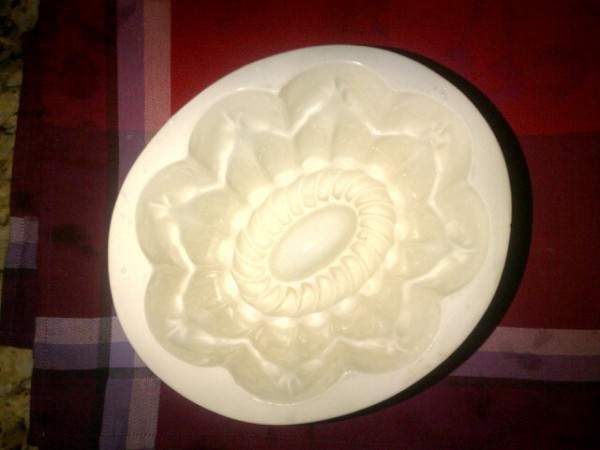
The first thing I noticed in reading over the recipe was the egg whites — the recipe called for 3. While I enjoy them in a White Lady cocktail, I wasn’t enthused by the idea of eating uncooked eggs in a cold pudding.
Once I made the decision to use whole eggs (cooking the yolks briefly), and cut the amount the sugar called for by half, as I do by habit, it seemed only fair to continue my experimental mood and happily go all the way by adding a spice beyond cinnamon, too.
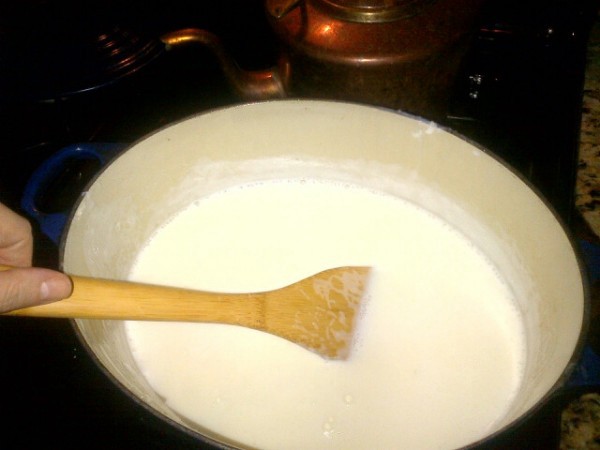
I added star anise (best to count them in your hand before you toss them in, six or seven, as you’ll want to scoop them out again before you pour it in the mold), and some powdered clove.
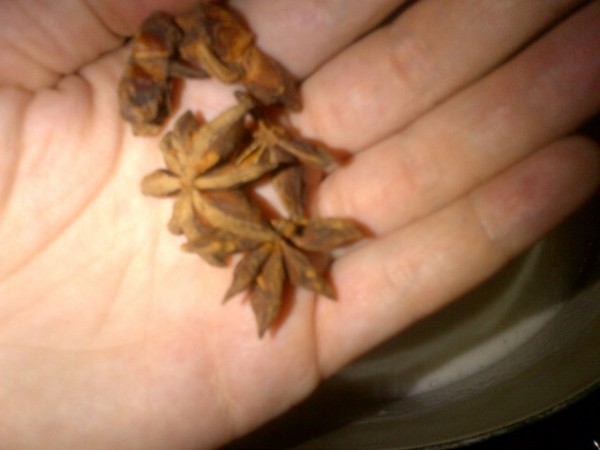
Then I remembered a vial of spiced whiskey in my liquor cabinet, that Christine Cody, a.k.a. the Whiskey Chick, had sent. I poured it in.
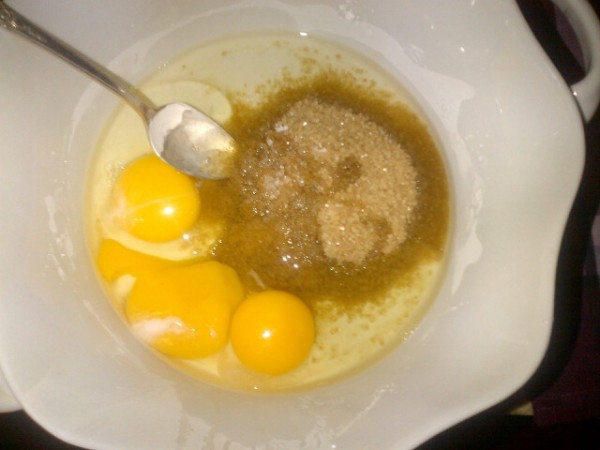
I stirred the bubbling mixture for five minutes and went for a taste. I let it pour into my mouth, rolling off the back of the wooden spoon: a full-figured expansive warmth, with a spiced depth that made it seem even richer, more sensuous. Verdict: like tapioca for adults, and voluptuaries.
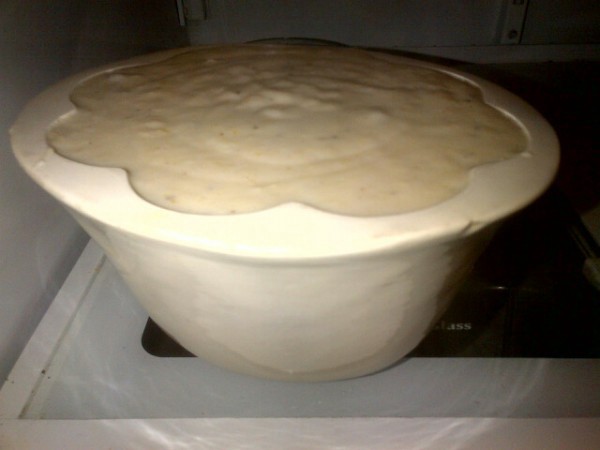
Of course, all of this boisterous nonconformity exacted its price the next day.
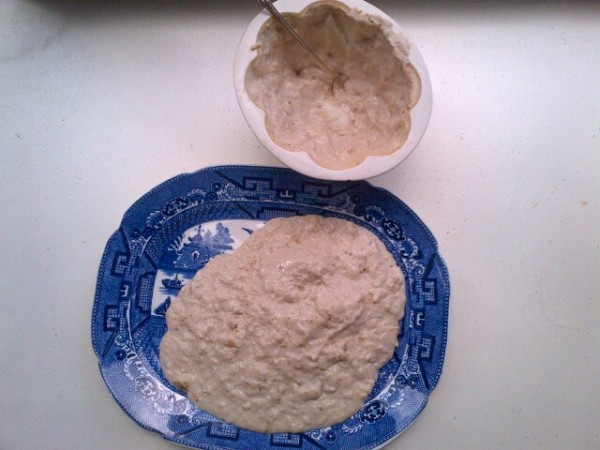
Without the egg whites to stabilize the form, or gelatin, another stand-by, there was nothing to hold things together. It tasted even better than it had the night before. But it didn’t look like much.
Lesson learned: sometimes there’s a reason that a dish endures for several hundred years, and if what you desire is to replicate it in its purest form, it truly is best to follow the directions exactly.
I may try it again later this winter, when chilly days stretch out and it seems as though there could be time for everything, and a chance to get things right. Maybe I’ll read Little Women, too.
Here is my extremely adapted take. If you’d like to try the classic, either pick up a copy of the cookbook, or find one of the versions readily available; The New York Times has one (see: “1876: New Jersey Blanc Mange”).
1 quart whole milk, as fat and natural as you can find it
4 tablespoons cornstarch
1/4 cup cold water
3 eggs, close to room temperature
1/2 cup sugar
1/4 tsp salt
1 tsp vanilla
six or seven star anise pods
1 tsp powdered cloves
1/4 cup spiced whiskey or similar
Mix the cornstarch with water. Heat milk to boiling and stir in cornstarch mixture. Lower heat to simmer for five minutes, stirring occasionally, while you mix eggs, sugar, salt and flavoring in a separate bowl. Add to pot and stir for five minutes, allowing the mixture to bubble but not burn. Remove star anise. Pour into individual ramekins or small bowls and serve whenever you’d like.
Previously in Recipes For Disaster: How To Make 17th-Century Delights: Whipp’d Syllabub
Lauren Cerand posts her occasional notes on living at LuxLotus.com.
